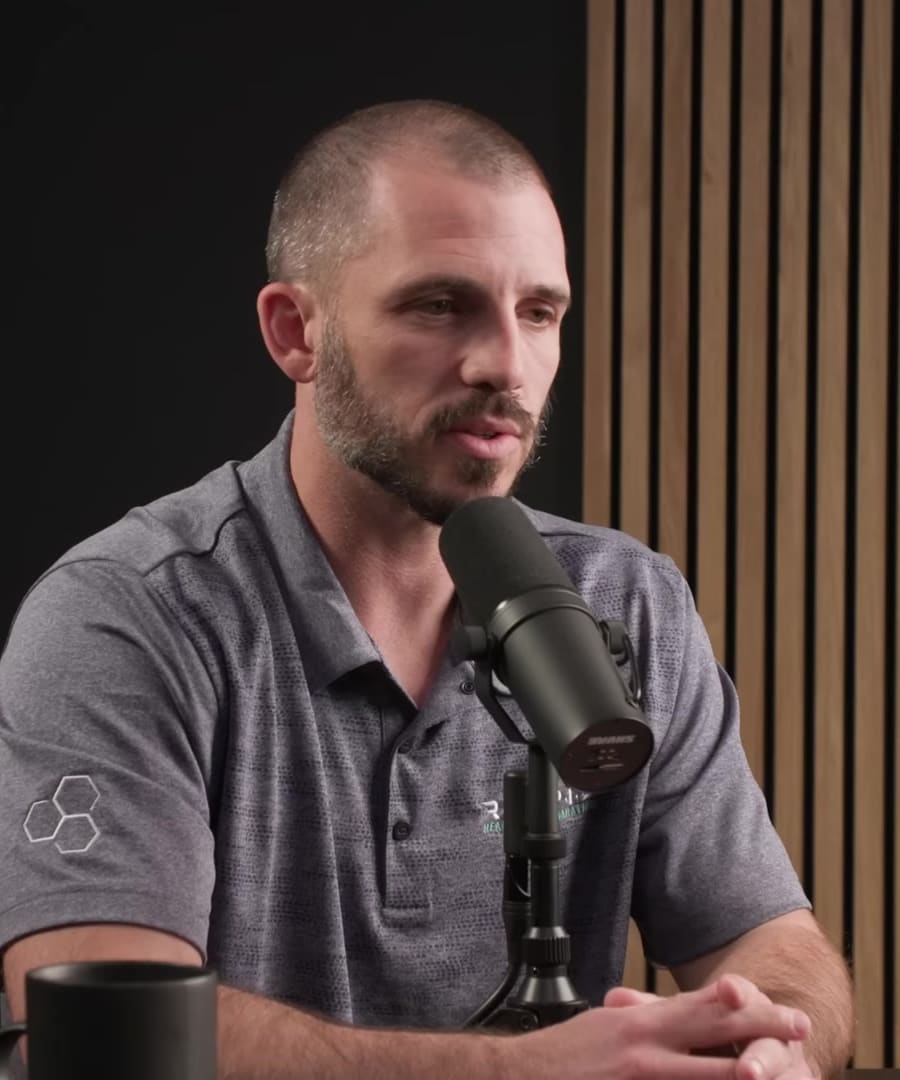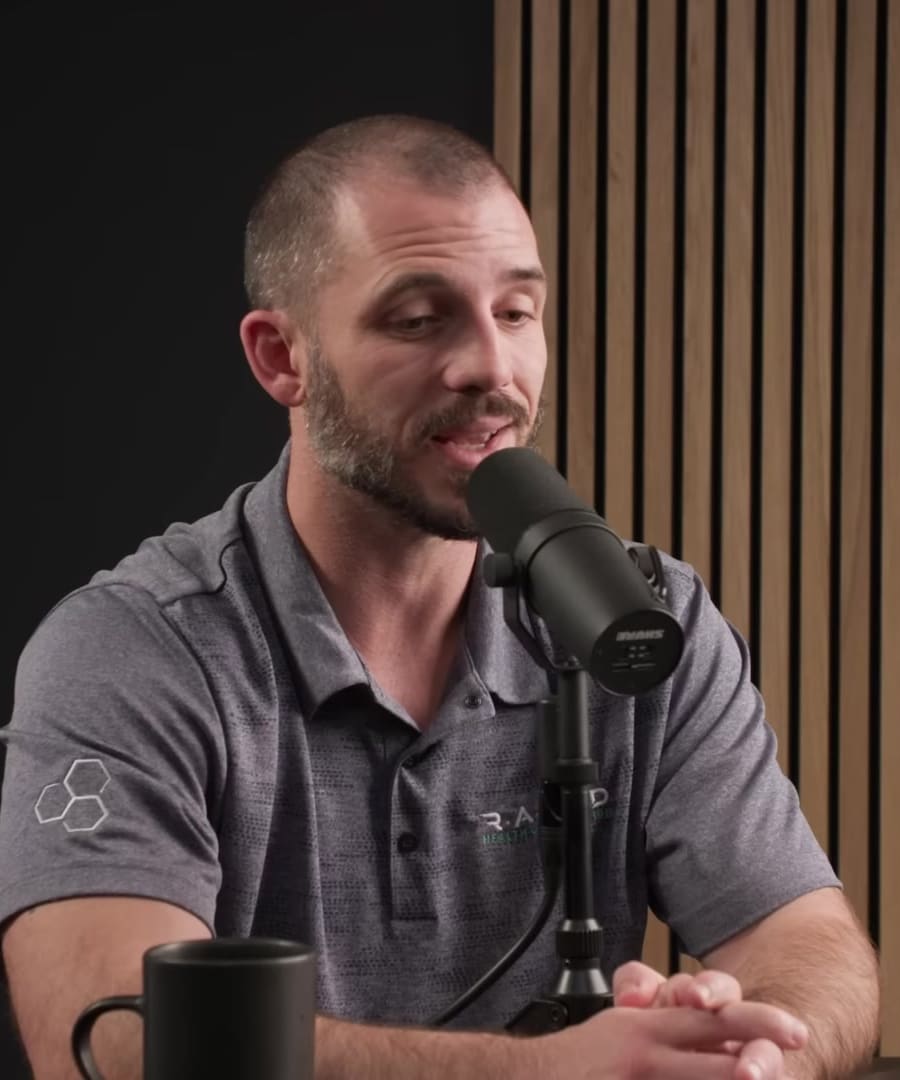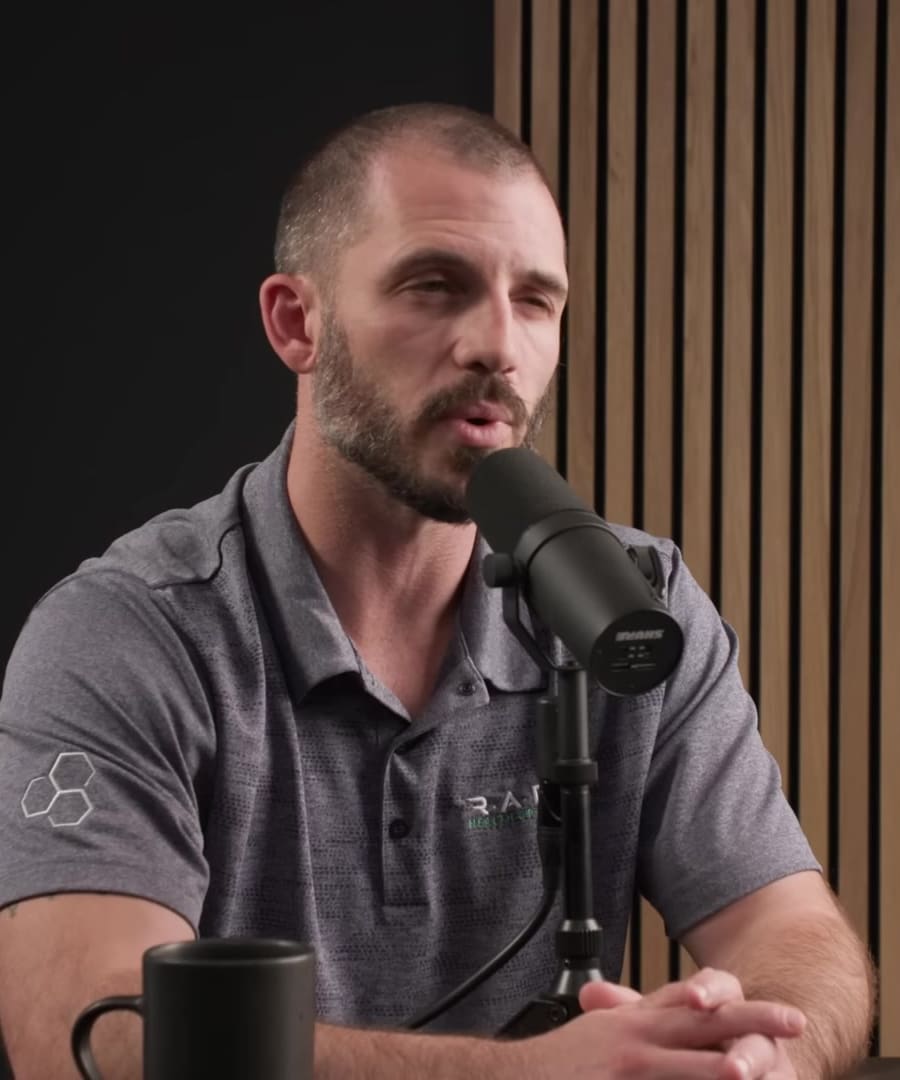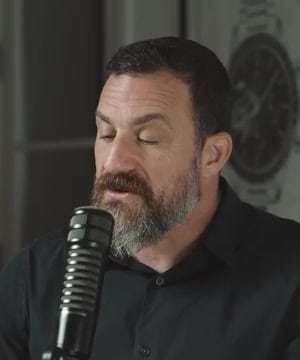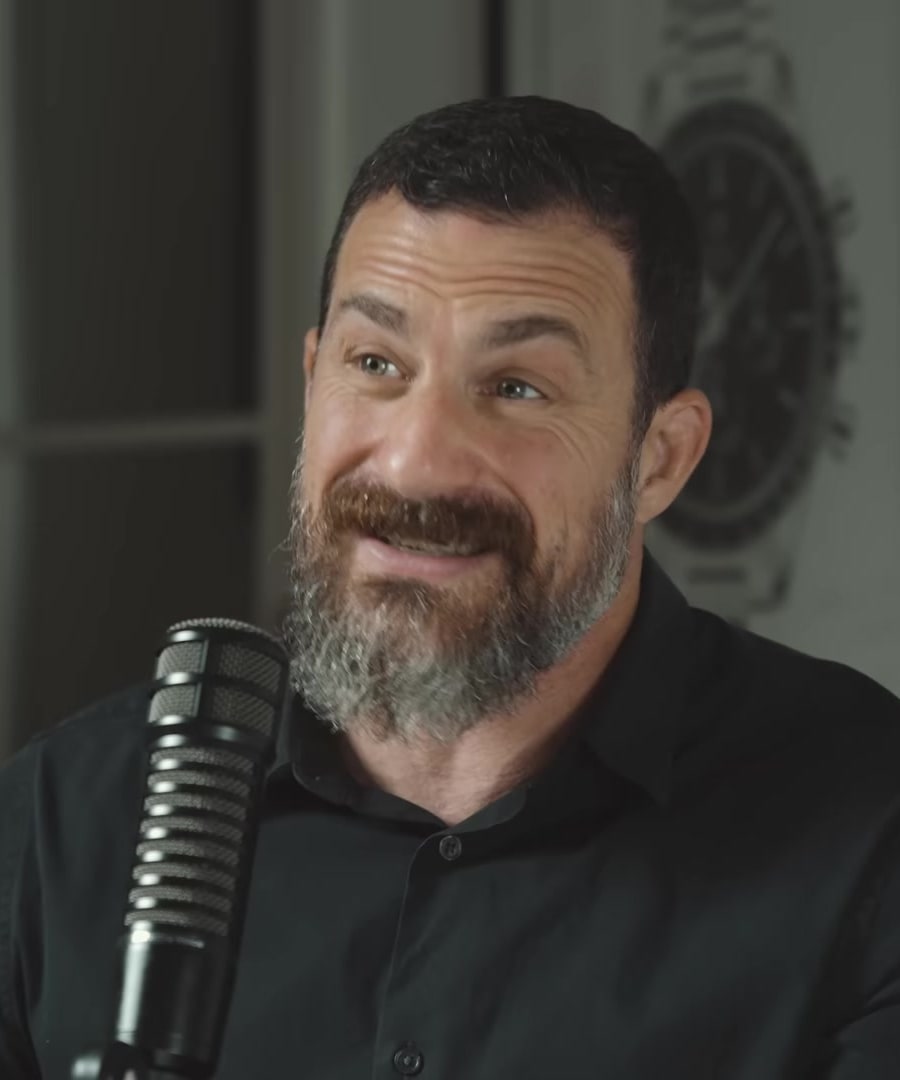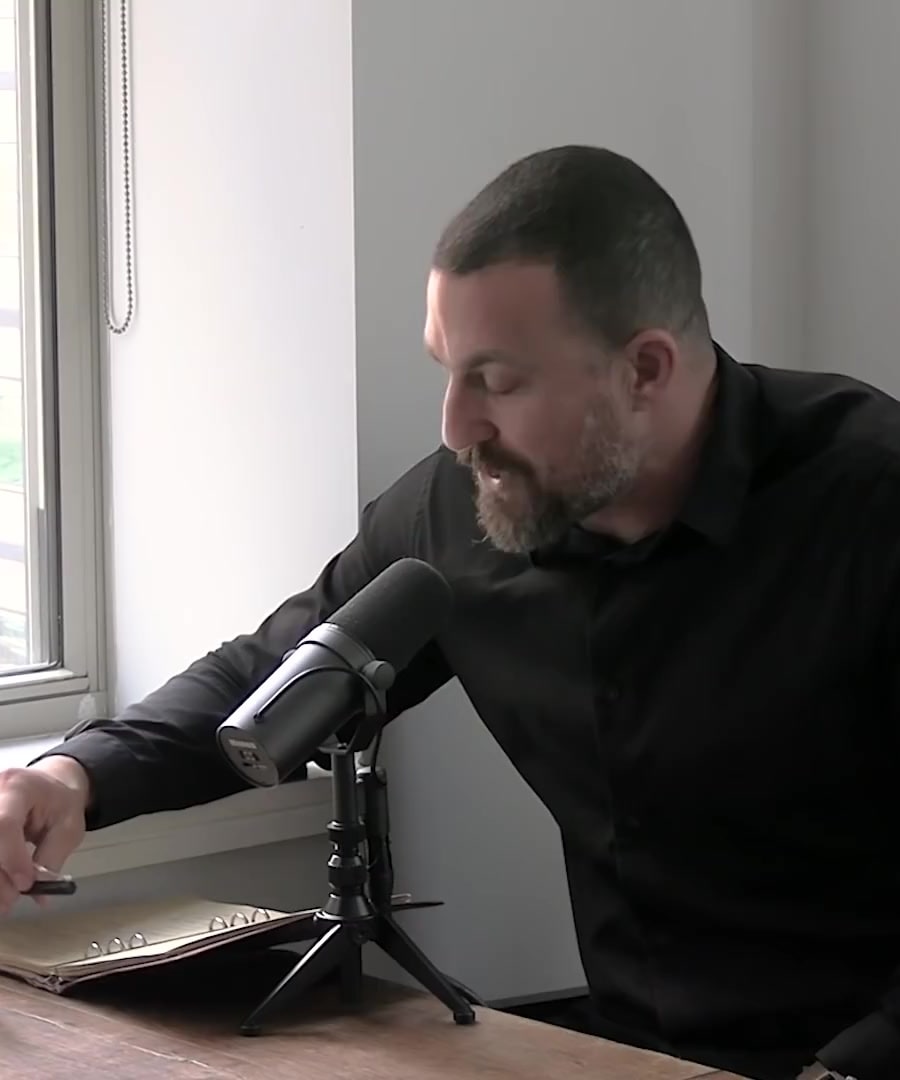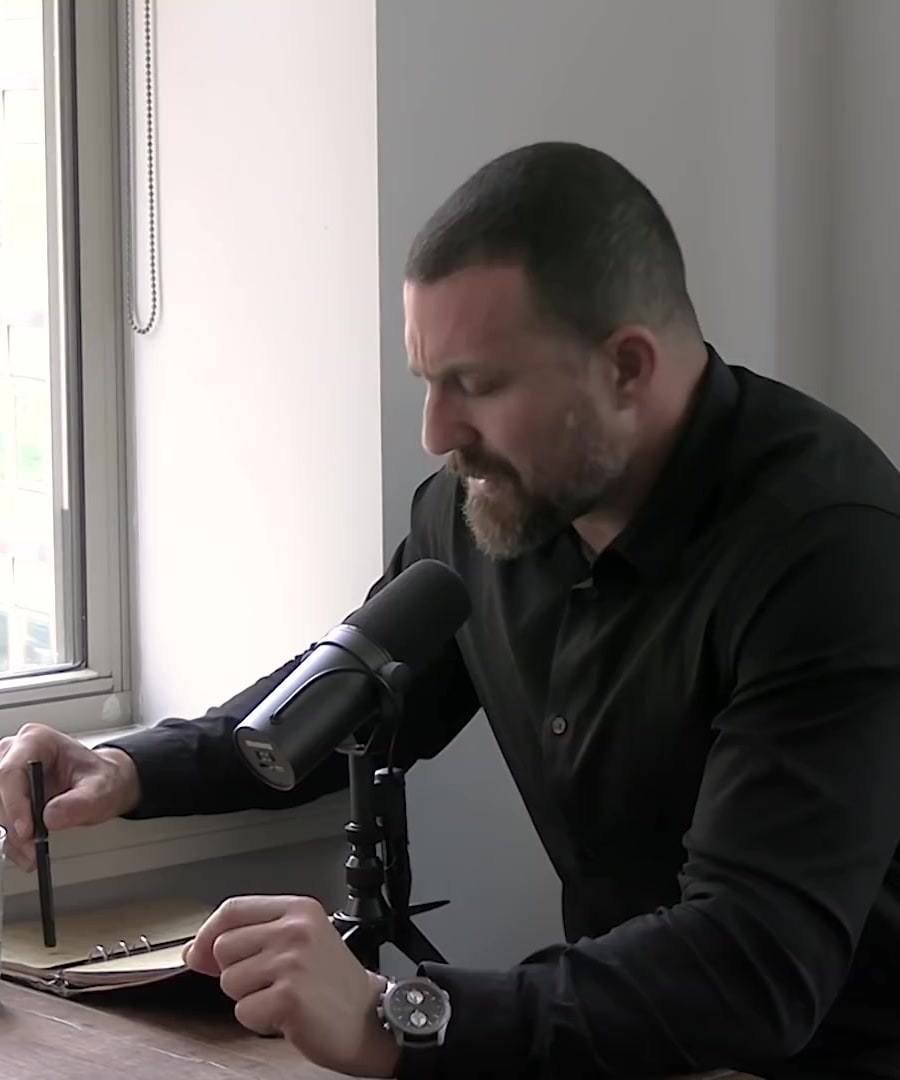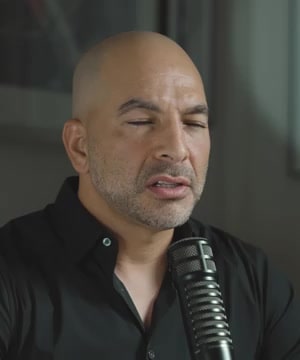How much creatine is optimal?
Sources:
Optimal creatine dosage varies based on physical size and specific needs. The standard recommendation is around 5 grams per day for most people, but this amount can be adjusted:
- Smaller individuals may need closer to 3 grams per day.
- Larger individuals, such as NFL offensive right tackles, may require 7 to 10 grams per day.
- For those weighing around 185 to 250 pounds, 10 to 15 grams of creatine per day could be more effective for both physical and cognitive performance.
Dr. and agree that creatine monohydrate is the best form due to its extensive evidence base, and timing of the dosage is largely irrelevant—it can be taken at any time of the day 1 2.
Keep in mind that while creatine benefits include muscle performance, strength, and potentially cognitive function, consistent use over time tends to yield the best results 3 4. Always consider consulting a healthcare professional when initiating or modifying your supplement regimen.
RELATED QUESTIONSResearch paper on suicidal post mortem circadian rhythm
I was unable to find any mentions of research papers on post-mortem circadian rhythm and suicide from the . For such specific scientific literature, you would likely need to consult academic databases like PubMed or Google Scholar. If you're exploring the subject for a deeper understanding, it can also be helpful to check the references of review papers on related topics, like circadian rhythm or suicide, to find studies that might examine this particular aspect.
RELATED QUESTIONSResearch on the relationship between circadian rhythm and suicide
Sources:
The has touched on the topic of circadian rhythm and its relationship with mental health, which includes discussions relevant to suicide. and his guests have discussed how significant circadian disruption can precede psychopathology events such as suicide. It has been observed that in the days leading up to a suicide, an individual's circadian rhythm often becomes inverted from their normal pattern. This link between circadian disruption and psychiatric health is considered inextricable, with positive mood and affect strongly correlated with healthy circadian behavior 1 2.
Furthermore, they discussed how the timing of light exposure plays a critical role in mood regulation and how light can have direct effects on mood that are dissociative from its effects on sleep-wake cycles. This means aberrant light exposure can significantly impact mood independent of the timing of sleep, further underscoring the important relationship between light, circadian rhythm, and mental health 3. Seasonality can also influence mood, with observations indicating that the rate of suicides can vary with the seasons, potentially due to the interplay between light exposure, mood, and behavior 4.
Implementing simple non-pharmacologic methods such as avoiding light at night and seeking light during the day may offer a broad improvement in mental health, signifying a profound link between light exposure, circadian rhythms, and psychiatric health 5. It's emphasized that intentional behaviors such as morning light exposure can be used to positively influence biological clocks and potentially mitigate mood-related challenges 6.
Please note that while these discussions provide valuable insights into the relationship between circadian rhythms and mental health, the information should not replace professional medical advice, especially in matters related to mental health and suicide prevention.
RELATED QUESTIONSSummarize 286‒Journal club with Andrew Huberman: light exposure on mental health & an immunotherapy for cancer
Sources:
In , two key topics were discussed:
Light and Mental Health
shared insights on a paper examining the relationship between light exposure, dark exposure, and mental health. The study involved a large cohort of over 85,000 people in the UK and focused on seasonal affective disorder (SAD), which correlates with changes in day length and mood. Bright light therapy, particularly in the morning, has been found to be effective for treating SAD. This paper's power lies in its exploration of light and dark exposure and their impacts on mental health in a large population 1.
emphasized the importance of getting enough sunlight during the day and reducing artificial light at night. He mentioned that most people spend too much time indoors, where the light is dim during the day and too bright at night. The discussion also highlighted the issues with artificial light and the robust effects of proper sunlight exposure on mood and circadian rhythms 2.
The causal effects of light on well-being were also discussed, and estimated that about 65-75% of the effects are likely due to light directly, acknowledging his bias given his research background. He described how behaviors might limit light exposure and affect mood 3.
There was also an exploration of the limitations of light sensors and technology constraints, with ideas for measuring photon intake throughout the day using specially designed eyeglasses 4.
Immunotherapy for Cancer
In addition to light and mental health, the conversation included a discussion on a cancer immunotherapy paper. They explored the relationship between autoimmunity and response rate in cancer treatment, emphasizing the importance of immunotherapy as a hopeful approach for treating cancer. The hosts discussed how enhancing the capacity of T cells to recognize antigens and balancing T cell wisdom with youth might improve outcomes in cancer therapy 5.
This episode provided a blend of discussing groundbreaking research in light exposure and its effects on mental health, as well as cutting-edge treatments in the domain of cancer therapy.
RELATED QUESTIONS
How much creatine is optimal?
- RELATED QUESTIONS
Research paper on suicidal post mortem circadian rhythm
- RELATED QUESTIONS
Research on the relationship between circadian rhythm and suicide
- RELATED QUESTIONS
Summarize 286‒Journal club with Andrew Huberman: light exposure on mental health & an immunotherapy for cancer
- RELATED QUESTIONS
